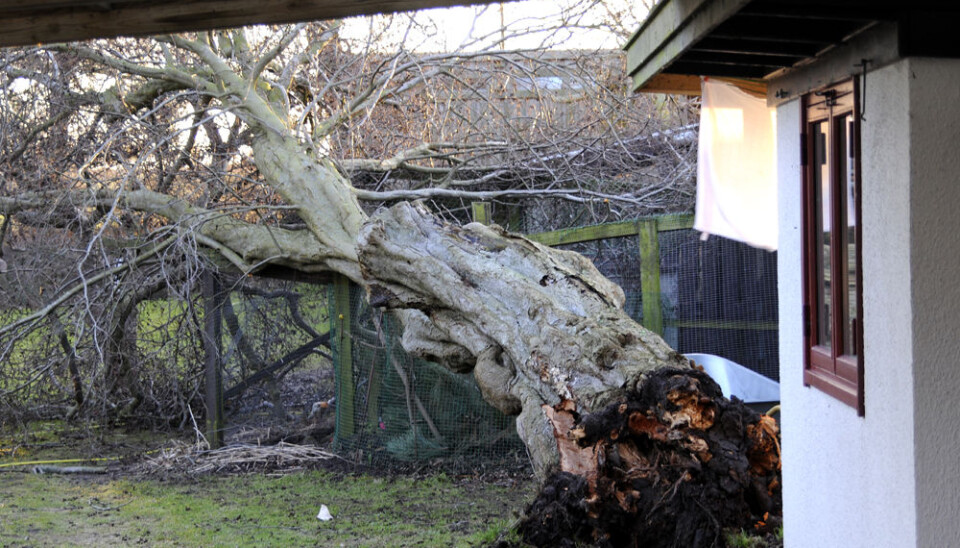An article from NordForsk

Will your house stand in the next storm?
The amount of compensation paid out by insurance companies for flooding is rapidly escalating. What can homeowners do to avoid such damage? A web-based tool may be the answer.
Denne artikkelen er over ti år gammel og kan inneholde utdatert informasjon.
Researchers and the insurance industry are joining forces to create new solutions for how we can adapt to changes in the climate.
A new collaborative project between the Nordic insurance companies If, Gjensidige, Trygg-Hansa/Codan and Tryg Insurance, and the Top-level Research Initiative’s NORD-STAR centre, one of the Nordic Centres of Excellence, is working to develop a web-based tool that homeowners can use to help them to adapt to new climatic conditions.
Wet summers and flood damage
In recent years, many parts of the Nordic region have seen unusually wet summers with flooding and flood damage.
“The number of compensation payments has increased considerably, and the prognosis is that they will rise even more throughout the Nordic region in the upcoming years,” says Tom Anders Stenbro, an adviser with Tryg Insurance.
“From now on the insurance companies need to work even more actively to prevent damage, both individually and together, as well as in cooperation with researchers and homeowners,” says Stenbro.
The new tool will model exposure to climate change in the Nordic countries and recommend measures for adapting to this. The project will begin by collecting data on vulnerability and the impacts of climate change, as well as information about property values and the incidence and effects of weather-related events.
Help for homeowners
“Imagine a family that is considering building a house near a riverbank. We will create a web-based visualisation program that can tell them whether the area is at risk of flooding today and whether it will be in the future,” explains Björn-Ola Linnér, a climate researcher at Linköping University in Sweden.
The program will also show whether there are measures that can reduce the risk of building damage due to flooding or erosion, which in turn can have ramifications for the insurance premium.
The new tool is being developed mainly for private homeowners, but other groups such as land-use planners and property managers can also make use of it.
“This is a dual problem in the sense that private homeowners can do a lot to protect their own property, but many types of damage can only be prevented with measures at the municipal level, such as ensuring that drain pipes have adequate capacity. The municipalities, companies and individual homeowners can all build in smarter ways that take the climate into account, and we want to help them do this,” Stenbro concludes.
Translated by: Connie Stultz/Carol B. Eckman






























